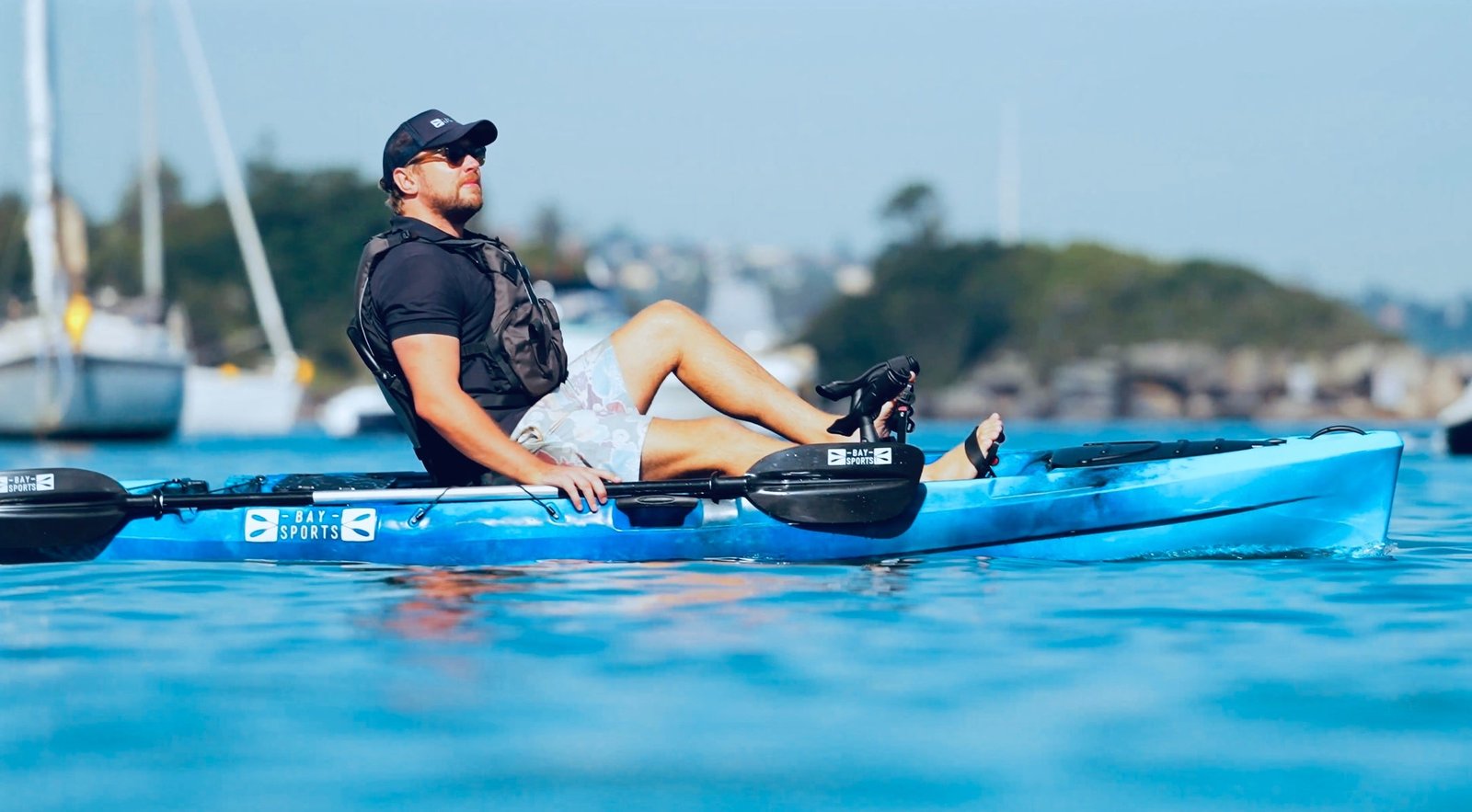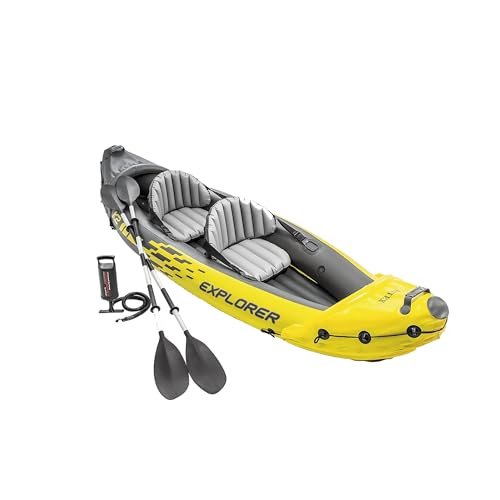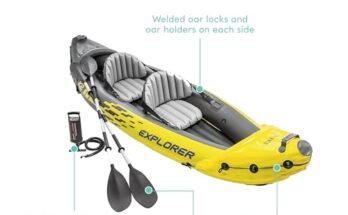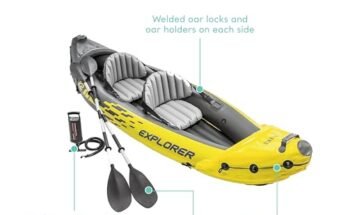Choosing the right kayak size can make all the difference in how much you enjoy your time on the water. You might be wondering, “What kayak size do I need?” It’s a question that can feel confusing, but the answer is simpler than you think.
The perfect kayak fits your body, your gear, and the type of water you want to explore. Keep reading, and you’ll discover exactly what to look for so you can pick a kayak that feels just right—making every paddle effortless and fun.
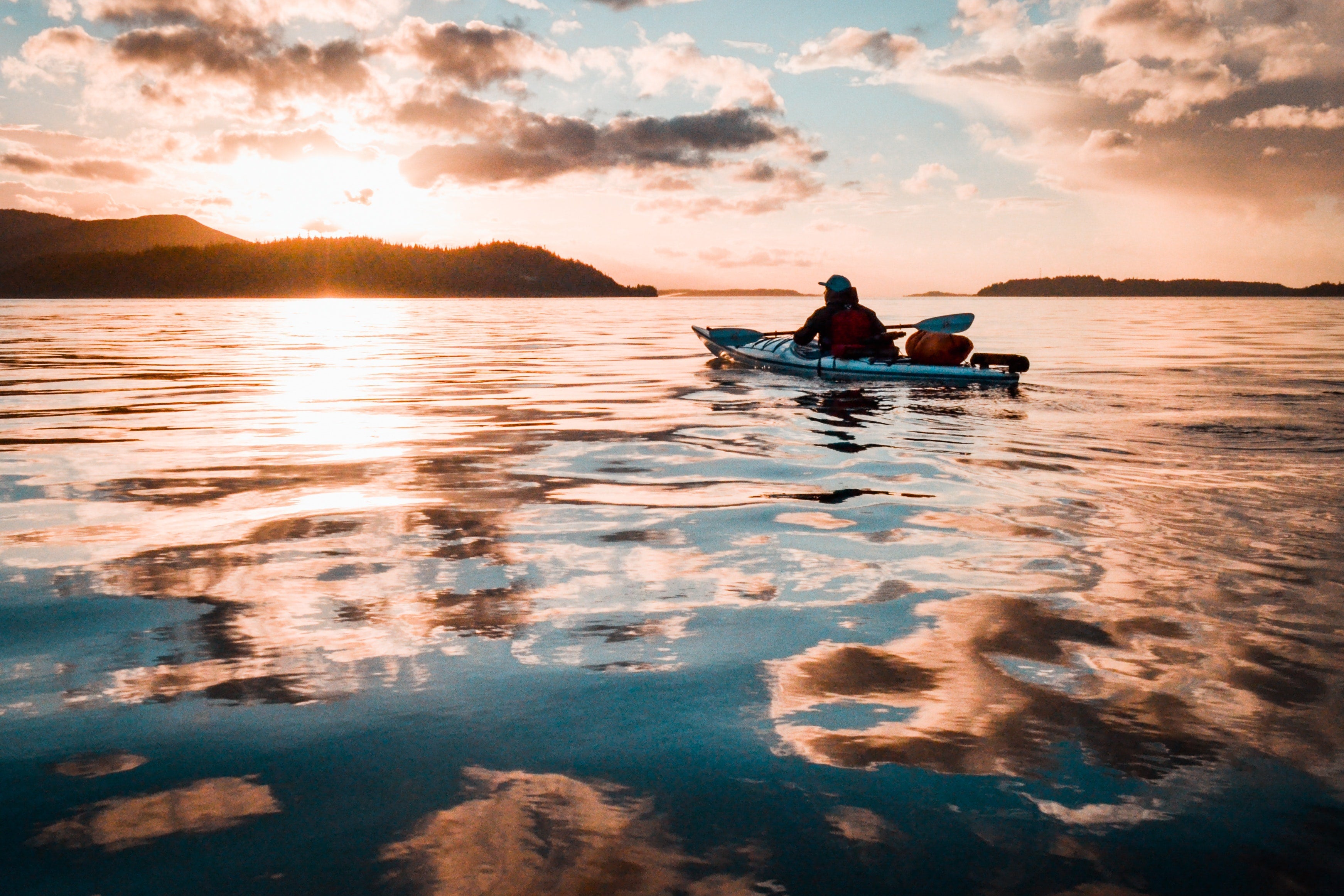
Factors Affecting Kayak Size
Choosing the right kayak size is important for safety and comfort. Several factors affect the size you need.
Understanding these factors helps you pick a kayak that fits your body and your activities.
Paddler’s Height And Weight
Your height and weight determine the kayak size that fits you best. A kayak too small or big can be hard to control.
Longer kayaks suit taller paddlers. Heavier paddlers need wider kayaks for better stability.
- Taller paddlers need more legroom
- Heavier paddlers require more weight capacity
- Smaller paddlers should choose compact kayaks
Intended Use And Water Type
Your kayaking goals affect the kayak size you pick. Different water types need different kayak shapes and sizes.
Calm lakes need shorter kayaks for easy turns. Long kayaks work better on open water for speed and tracking.
- Flat water: shorter and wider kayaks
- Rivers and rapids: stable and maneuverable kayaks
- Open water: longer and narrower kayaks
Storage And Transport Considerations
Your space and transport options limit the kayak size you can handle. Large kayaks need more room and a bigger vehicle.
Think about where you will store the kayak and how you will carry it to the water.
- Small kayaks fit in apartments and small cars
- Long kayaks need roof racks or trailers
- Consider kayak weight for lifting and carrying
Types Of Kayaks And Their Sizes
Choosing the right kayak size depends on the type of kayaking you want to do. Different kayaks suit different water conditions and activities.
Understanding the sizes and styles helps you pick a kayak that feels comfortable and performs well.
Recreational Kayaks
Recreational kayaks are great for calm waters like lakes and slow rivers. They are usually wider and shorter for stability and easy paddling.
These kayaks range from 9 to 12 feet long. They offer good balance and are perfect for beginners and casual paddlers.
Touring Kayaks
Touring kayaks are designed for long distances and open water. They are narrower and longer, which helps them move faster.
| Kayak Type | Length (feet) | Width (inches) | Best Use |
| Short Touring | 12-14 | 22-24 | Day trips, easier handling |
| Long Touring | 15-18 | 20-22 | Extended trips, better speed |
Whitewater Kayaks
Whitewater kayaks are made for rough rivers and rapids. They are short and very maneuverable to handle fast water.
- Length: 6 to 9 feet
- Width: 24 to 28 inches for stability
- Strong, durable materials to resist impacts
Fishing Kayaks
Fishing kayaks focus on stability and space. They are wider and often longer to hold gear and allow movement.
Most fishing kayaks measure between 10 and 14 feet. They may include features like rod holders and storage compartments.
| Feature | Typical Size | Purpose |
|---|---|---|
| Length | 10-14 feet | More room and stability for fishing gear |
| Width | 28-36 inches | Extra balance for standing or casting |
| Weight Capacity | 300-600 lbs | Carry equipment and catch safely |
Measuring For The Right Fit
Choosing the right kayak size matters for comfort and safety. A well-fitted kayak helps you paddle easily and enjoy your time on the water.
To find the best fit, you need to measure different parts of the kayak. This guide covers key areas to check before you buy.
Seat And Cockpit Dimensions
The seat and cockpit must fit your body well. A tight cockpit can feel cramped, while a loose one offers less control. Measure your hips and thighs to match the cockpit size.
- Measure the width of your hips at the widest point
- Check the thigh space inside the cockpit for comfort
- Make sure the seat height supports your lower back
- Look for adjustable seats to improve fit
Legroom And Width
Legroom affects how long you can paddle without strain. Width influences stability but also how fast you can move.
| Measure | Reason |
| Legroom length | Ensures knee and foot comfort |
| Boat width | Balances stability and speed |
| Distance from seat to footrests | Allows proper leg extension |
Weight Capacity Limits
Check the kayak’s weight limit before buying. Staying within this limit keeps you safe and improves performance.
- Include your body weight and gear weight
- Choose a kayak with a higher limit than your total load
- Exceeding weight can make the kayak hard to control
- Weight limits usually appear in product details

How Kayak Length Impacts Performance
Choosing the right kayak length affects how well the kayak performs on water. Length changes speed, control, and balance.
Understanding these effects helps you pick a kayak that fits your needs and paddling style.
Speed And Tracking
Longer kayaks usually move faster because they cut through water better. They also keep a straight line, which is called tracking.
- Long kayaks have less drag and glide smoothly.
- Short kayaks may be slower but easier to turn.
- Good tracking means less effort to paddle straight.
Maneuverability
Shorter kayaks turn quickly and are easier to control in tight spaces. They work well in rivers and rough waters.
| Kayak Length | Maneuverability |
| Under 10 feet | High – easy to turn |
| 10 to 14 feet | Moderate – balanced control |
| Over 14 feet | Low – harder to turn quickly |
Stability
Short kayaks feel more stable when you sit down. Longer kayaks can feel less stable but track better in water.
Factors affecting stability include:
- Width of the kayak
- Length of the kayak
- Design and hull shape
Adjusting Size For Comfort And Safety
Choosing the right kayak size is important for your comfort and safety. A kayak that fits you well helps you paddle better and avoid accidents.
Adjusting parts of your kayak and testing different sizes can improve your experience on the water. This guide will help you make good choices.
Customizing Seat And Footrests
The seat and footrests in a kayak can be changed to fit your body. A good fit supports your back and legs while paddling.
Adjust the footrests so your knees bend slightly. This position helps you stay balanced and comfortable.
- Move seat forward or backward for better leg reach
- Raise or lower footrests to fit your height
- Add cushions if the seat feels hard
- Check that your back feels supported
Using Paddling Gear
Paddling gear affects how you fit in a kayak. Wear your life jacket and shoes when trying different kayaks.
These items add bulk and change your size. Use your gear to test the kayak fit accurately.
- Wear your usual paddling clothes
- Put on your life jacket
- Use the shoes you will wear on the water
- Bring any other gear like spray skirts
Testing Different Sizes
Try sitting in kayaks of different sizes before buying. This helps you find one that feels right.
Check your comfort and control while sitting in each kayak. Make sure you can paddle easily and move safely.
- Sit with paddling gear on
- Adjust seat and footrests
- Check if you can reach the paddle comfortably
- Make sure your legs fit without strain
- Test balance by shifting your weight

Tips For Buying And Renting
Choosing the right kayak size is important for comfort and performance. Whether buying or renting, consider these key tips to make the best decision.
Understanding your needs and testing different sizes can help you find the perfect kayak. Here are some sections to guide you through the process.
Trying Before Buying
Testing a kayak before purchasing is a smart move. It ensures the kayak feels right for your body size and paddling style.
- Visit local rental shops to try different sizes.
- Attend demo days hosted by kayak manufacturers.
- Borrow a kayak from a friend to test on familiar waters.
Consulting Experts
Expert advice can be invaluable when choosing a kayak. They can provide insights into what size will suit your activities best.
| Kayak Instructors | Offer guidance based on skill level. |
| Retail Associates | Know the latest models and features. |
| Experienced Paddlers | Share personal experiences and tips. |
Budget And Quality Balance
Balancing cost with quality is crucial. A higher price often means better materials and durability, but there are affordable options with good performance.
- Determine your budget range.
- Research reviews to find reliable brands.
- Compare features within your price range.
Frequently Asked Questions
What Kayak Size Is Best For Beginners?
Beginners should choose a kayak around 10 to 12 feet long. This size offers better stability and easy maneuverability. It helps new paddlers gain confidence on the water while providing enough space for gear and comfort.
How Do I Choose Kayak Size For Weight Capacity?
Select a kayak that supports your weight plus gear. Check the manufacturer’s maximum weight limit. Choosing a kayak with a higher capacity improves stability and paddling efficiency, ensuring safe and comfortable use.
Does Kayak Size Affect Speed And Stability?
Yes, longer kayaks generally offer better speed but less stability. Shorter kayaks provide more stability but tend to be slower. Consider your priorities: speed for open water or stability for calm lakes.
What Kayak Size Suits Different Water Types?
For calm lakes, shorter kayaks (8-12 feet) are ideal. For rivers or open sea, longer kayaks (12-16 feet) perform better. Match kayak size with water conditions to enhance control and safety.
Conclusion
Choosing the right kayak size makes your trip safe and fun. Think about your weight, height, and where you will kayak. Small kayaks are easy to carry and store. Bigger kayaks hold more gear and offer more stability. A proper fit helps you paddle better and avoid tiredness.
Take time to test different sizes if you can. This helps you find what feels best on the water. Remember, the right kayak size matches your needs and skill level. Enjoy every moment on the water with confidence and comfort.
